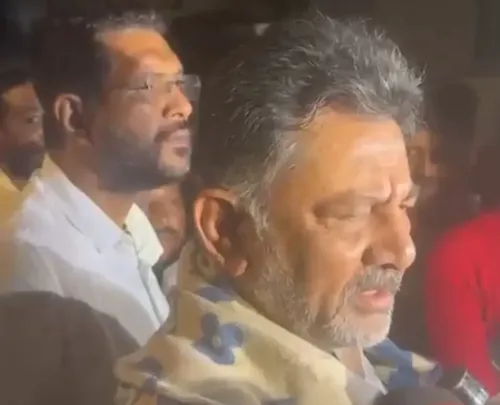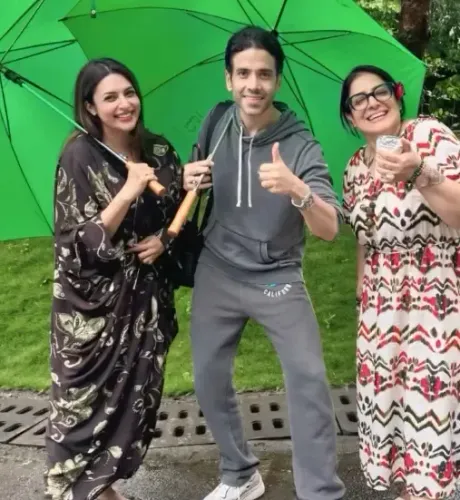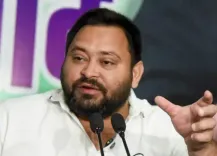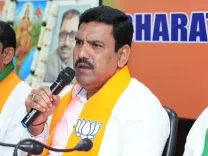Is Gujarat Making History with Its First Female BRTS Driver?

Synopsis
Key Takeaways
- Women empowerment is gaining momentum in public transport.
- Surat sets a precedent with its first female BRTS driver.
- Gender inclusivity is being prioritized across Indian cities.
- Women are increasingly taking on roles in traditionally male-dominated sectors.
- Government initiatives support women in non-traditional careers.
Ahmedabad, Nov 20 (NationPress) In alignment with Prime Minister Narendra Modi's vision of women empowerment, the Surat Municipal Corporation has introduced a groundbreaking initiative in Gujarat: A female driver will now operate a Bus Rapid Transit System (BRTS) bus tailored for women passengers. This is the first time a 12-meter BRTS bus in the state has been entrusted to a woman.
Somnath Marathe, Chairman of the Transportation Committee, stated that Surat is currently managing over 450 electric buses across 13 BRTS routes, which includes 150 buses measuring 12 meters. Among these, three buses operate solely for women on the ONGC–Sarthana route.
“Previously, these buses were driven by males. We have been diligently searching for trained women drivers and have finally appointed one from Indore,” he mentioned.
Marathe further noted that just as Prime Minister Modi highlighted the capabilities of Indian women through ‘Operation Sindoor,’ Surat is now establishing a new standard in Gujarat with the introduction of a woman-operated BRTS bus.
Renu Sharma, the city’s inaugural female BRTS bus driver, expressed her pride in taking on this role. “Women in India are progressing in every sector. My family has been my backbone, and driving brings me immense joy,” she remarked.
Women bus drivers in India symbolize a significant shift towards gender inclusivity in public transport, dismantling long-standing stereotypes in a traditionally male-dominated industry.
Over the last decade, cities like Delhi, Mumbai, Bengaluru, Indore, Kochi, and now Surat have begun to incorporate women drivers into city buses, BRTS fleets, and even interstate routes. These drivers receive comprehensive training, often supported by governmental or municipal initiatives that encourage women to pursue unconventional careers.
Currently, Gujarat’s BRTS operates in major cities such as Ahmedabad, Surat, and Rajkot, forming one of India's largest urban transit networks.
Ahmedabad’s BRTS covers approximately 86 km with dedicated lanes and modern stations, while Surat has emerged as a leader in green mobility, boasting a 107-km fully electric BRTS corridor across 13 routes.









